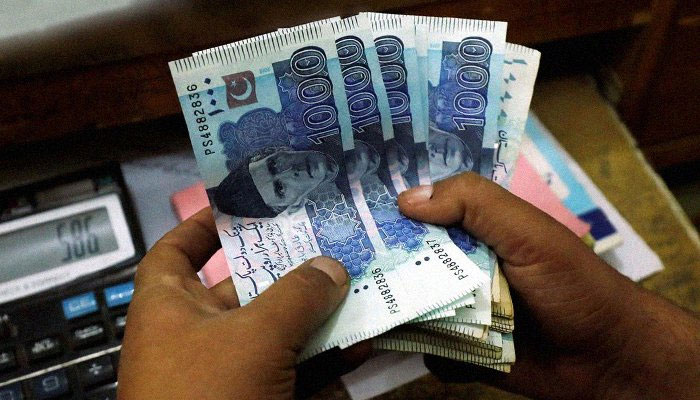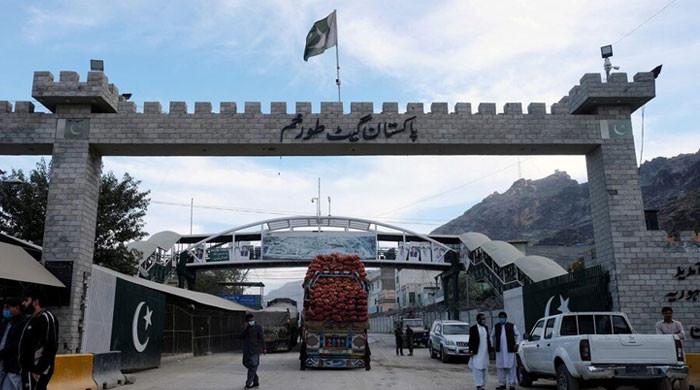Rupee likely to weaken further against US dollar, warn analysts
The local unit traded at 167.25 against dollar in the interbank market
September 05, 2021

- Rupee is likely to weaken further in the near term.
- A sharp fall will fuel inflation, forcing the central bank to raise interest rates in its monetary policy review due this month, say analysts.
- Rupee continues to bear some pressure from the demand of importers of oil, food and machinery,” say currency dealer.
KARACHI: Two days after hitting the one-year low against the dollar, analysts said the Pakistani rupee is likely to weaken further in the near term, The News reported.
Analysts are of the view that although the slide will be modest, a sharp fall will fuel inflation, forcing the central bank to raise interest rates in its monetary policy review due this month.
The local unit traded at 167.25 per dollar in the interbank market, somewhat away from the record low of 168.43 seen in August last year.
In addition, the influx of dollars into Afghanistan following the departure of American forces also increased pressure on local unity. The rupee recorded the worst performance among major Asian currencies, losing 9% against the dollar.
However, the market participants were anticipating that the rupee might test the 168.50 region, but may not breach that level. It closed at 166.91 to the dollar on Friday.
It jumped 114% to $7.32 billion in the first two months of the current fiscal year. Imports rose 89.9% to $6.31 billion in August, while exports increased 42.5% to $2.25 billion.
"Rupee continues to bear some pressure from the demand of importers of oil, food and machinery,” said one currency trader.
“Over the next week, the rupee is expected to depreciate further, but the decline is going to be moderate, as the sharp downward movement seems to have a negative impact on inflation.”
The local unit is unlikely to surpass the 167.50 level in the coming sessions, the dealer said.
Inflation measured through the Consumer Price Index (CPI) held steady at 8.4% in August.
“While rupee trading above 170 is bad for optics, the resultant surge in inflation will be worse and will put policymakers under pressure to hike interest rates at a time when the ruling party is looking to tame rising consumer prices,” said Tresmark in a client note on Saturday.
A rise in interest rates could prove a deadly blow in an environment of uncertainty over the Afghan fallout and of rising Covid cases amidst muted GDP growth, it said.
“This view is supported by SBP’s monetary policy which preempted growth in imports as the economy recovers, but CAD [current account deficit] [has] to be in the manageable range of 2-3 percent of GDP and with adequate reserves and access to external financing. It also appears that the resumption of the IMF loan is back on track.”
If inflation remains in the manageable region of 7-9%, any change is not expected in interest rates.
This view is further strengthened by waning support, based on Friday’s lower than expected US non-farm payrolls (NFPs), for an earlier than expected rate hike by the Federal Reserve of the US or by the central banks of other developed countries, according to Tresmark report.











